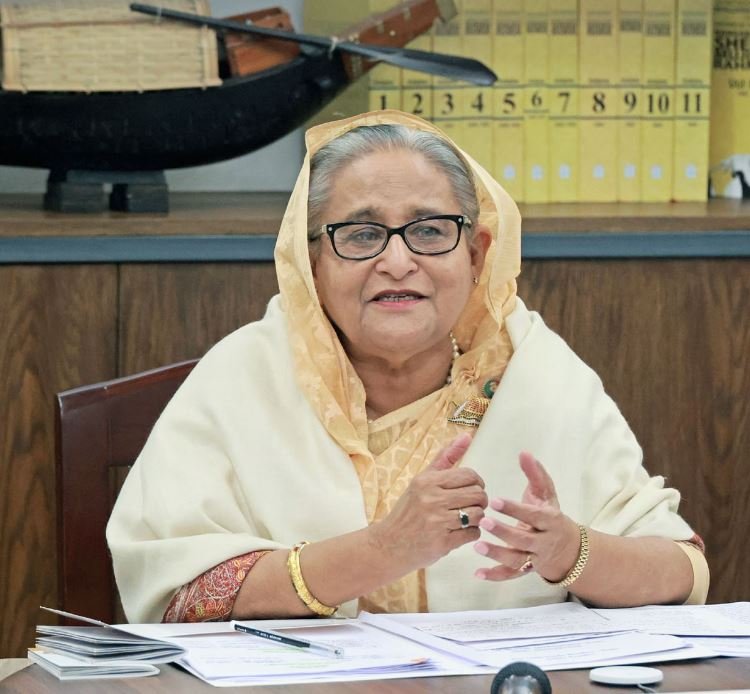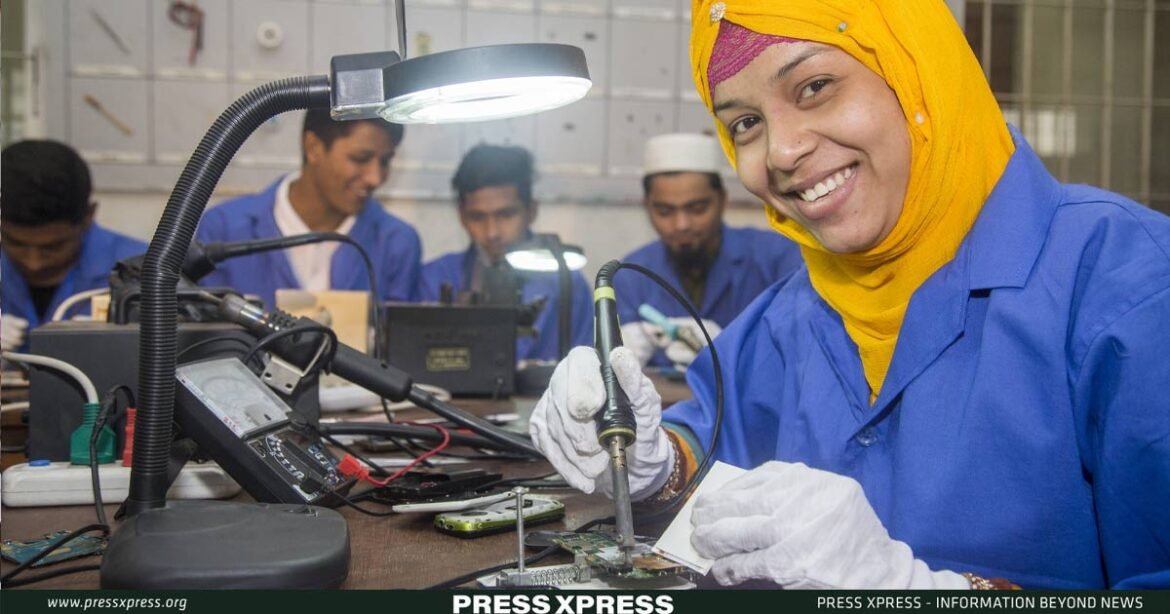Recognizing the crucial role of Technical and Vocational Education and Training (TVET) in fostering a skilled workforce, the government’s decade-long efforts and initiatives are commendable.
In a world driven by technological advancements and dynamic industries, the role of technical and vocational education has become increasingly crucial. Despite efforts to emphasize its significance, recent census findings indicate that less than one percent of the population is inclined toward technical or vocational education.
You Can Also Read: MULTIPLE EDUCATION SYSTEM: BLESSING OR CURSE?
The most recent findings from the 2022 Population and Housing Census reveal a distinct trend in educational preferences. At the national level, the majority, 89.26 percent, opts for general education. The ratio of technical or vocational education stood at 0.81 percent in 2022, marking an increase from 0.71 percent in 2011 and 0.41 percent in 2001. Consequently, a limited proportion of the population aged five years and above chooses the technical or vocational path for their educational and career pursuits.
The cultivation of a diverse and resilient workforce hinges significantly on the integration of Vocational Education and Training (VET), a cornerstone in honing crucial skills that not only enhance job prospects but also contribute to the establishment of a skills-driven economy. Since 2010, the Awami League government has been at the forefront of promoting VET initiatives, even a commitment underscored in its 2024 Election Manifesto, where VET remains one of the 11 designated special focus areas.
“In the future, skilled manpower will be needed not only in Bangladesh but also in the whole world.” Those who go abroad should become skilled in technical matters. And that is why technical education has been given importance and changes have been made in our education system.”
– PM Sheikh Hasina

Technical and Vocational Education in Bangladesh
Technical and vocational education in Bangladesh is currently offered through three months of basic training and four-year diploma courses. Institutions provide education in four tiers – secondary (SSC), higher secondary (HSC), diploma, and short-term training courses. Polytechnic Institutes lead the way, accompanied by technical schools and colleges, textile institutes, agriculture training institutes, medical technology institutes, and more.
TVET Scenario in Bangladesh

In the past decade, the number of technical and vocational institutions has seen a substantial increase. According to Bangladesh Education Statistics 2022, there were 2,547 independent technical-vocational institutions, with 3,22 under public management. When combined with those attached to general educational institutions, the total number of technical and vocational institutions reached 7,819 in 2022, with 6,91 being public. Enrollments have also seen growth, with 0.33 million students pursuing technical education by the end of 2022.
The ultimate objective of vocational and technical education is clear to develop a competent workforce across various sectors and respond to both national and international demands. These skills not only open avenues for employment abroad but also contribute to the development of the dignity of labor, an aspect often overlooked.
A Decade of Planning and Strategizing of TVET
Technical and Vocational Education and Training (TVET) has gained widespread recognition within the broader education sector. Over a decade ago, the government launched the TVET reform project, sparking significant transformation and momentum in this field. The National Education Policy of 2010 underscored the importance of TVET, and the subsequent year saw the introduction of a dedicated policy – the National Skills Development Policy 2011. This policy laid out a visionary roadmap for the development of TVET in the country. To oversee the comprehensive development of the TVET ecosystem, the government established the National Skills Development Council in 2008, later rebranded as the National Skills Development Authority in 2018. The TVET reform project ushered in historic initiatives, including the implementation of the Competency-Based Training and Assessment system, the National Technical and Vocational Qualification Framework, and the establishment of Industry Skills Councils that introduced Recognition of Prior Learning, among other transformative measures.
Bangladesh has crafted numerous policies and plans to uplift technical and vocational education
| The National Education Policy 2010 |
| The National Skills Development Policy (NSDP) 2011 |
| The National Skills Development Council in 2008 |
| The National Skills Development Authority in 2018. |
Roadblocks to Progress
Despite the strides made, challenges persist. Three years ago, a policy document titled ‘Development of Technical and Vocational Education System in Bangladesh: Lessons from The German Experience’ was released, highlighting numerous challenges faced by the country’s technical education and vocational training. Prepared collaboratively by Friedrich-Ebert-Stiftung (FES) Bangladesh and SME Foundation, the paper emphasized a significant concern in the TVET sector, the absence of apprenticeships.
The expansion of technical education and training encounters two major obstacles—low demand for TVET and deficiencies in quality, coupled with a lack of infrastructure. The scarcity of quality teachers and trainers hampers the delivery of optimal lessons and training in many institutions. Additionally, some establishments lack sufficient laboratories and advanced equipment.
Furthermore, societal attitudes pose another challenge. There is a prevailing obsession with conventional or general education, and reservations persist about sending children to vocational or technical institutes. Many also undervalue students and graduates from these specialized institutions. Therefore, fostering social awareness regarding the imperative nature of TVET has become crucial.
How Bangladesh Can Enhance TVET
To enhance technical and vocational education in Bangladesh, a multifaceted approach is recommended.
- Fostering collaboration between industries and educational institutions is crucial to align curriculum with current industry demands
- Establishing vocational training centers in partnership with private enterprises can provide hands-on experience and ensure skill relevance
- Allocate sufficient funds to upgrade infrastructure, procure modern equipment, and train instructors to maintain high educational standards
Promoting awareness about the value of technical and vocational education is essential. Implementing outreach programs in schools and communities to showcase the success stories of individuals who have benefited from such education can inspire others. Offering incentives, such as scholarships or financial assistance, can also motivate students to pursue technical and vocational training.
Furthermore, leveraging technology for online courses and certifications can broaden access to education, especially in remote areas. Establishing a robust accreditation system and encouraging industry-recognized certifications will enhance the credibility of technical and vocational programs. This comprehensive strategy aims to elevate the status of technical education, making it an attractive and viable option for aspiring learners in Bangladesh.
Conclusion
The recent census findings highlight a persistent preference for general education over technical and vocational education in Bangladesh. However, recognizing the crucial role of Technical and Vocational Education and Training (TVET) in fostering a skilled workforce, the government’s decade-long efforts and initiatives are commendable. Challenges, such as low demand, quality deficiencies, and societal attitudes, persist, necessitating a multifaceted approach. By fostering collaboration, upgrading infrastructure, promoting awareness, and leveraging technology, Bangladesh can enhance the status and appeal of technical education, ensuring a competent workforce aligned with national and international demands.


